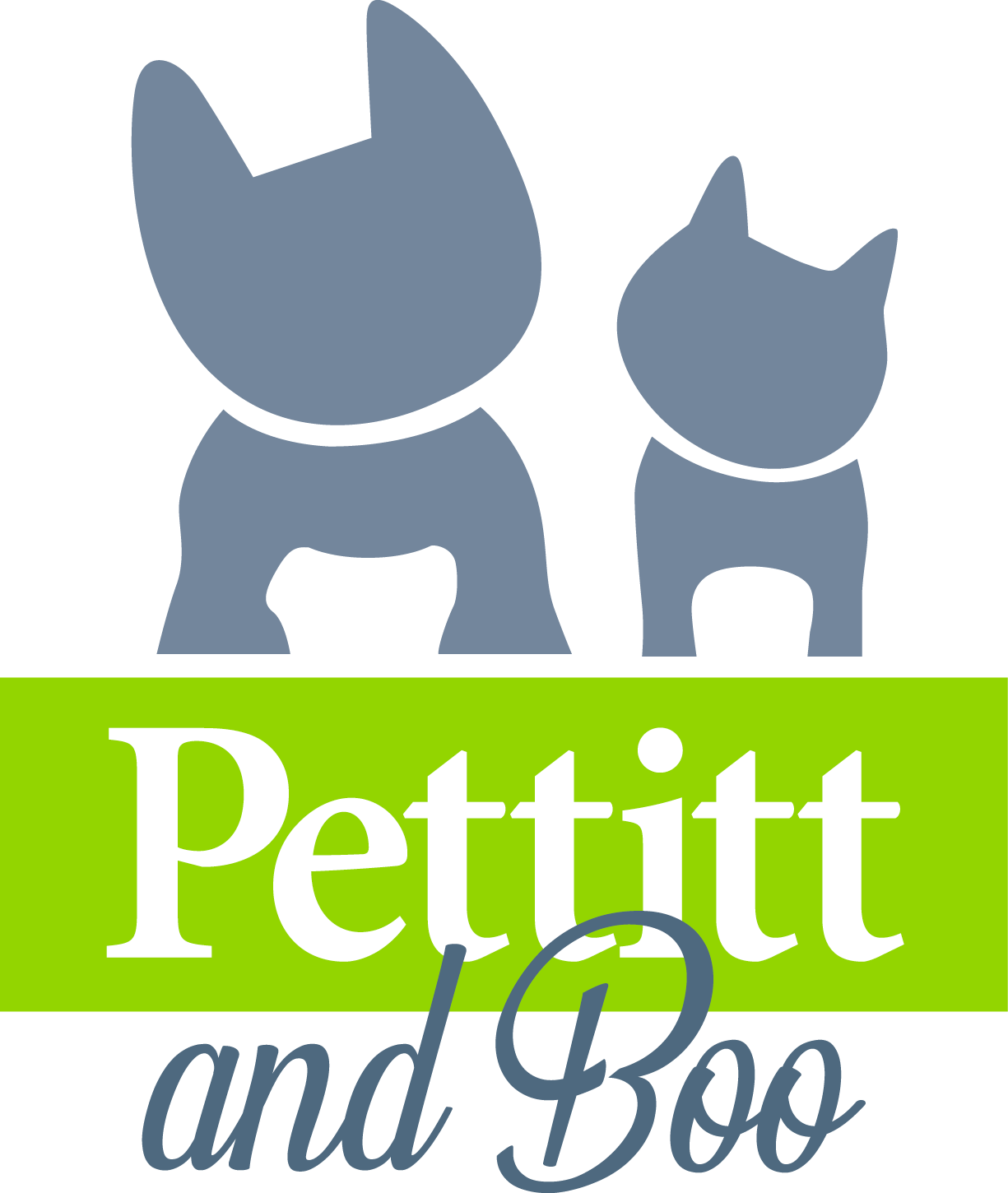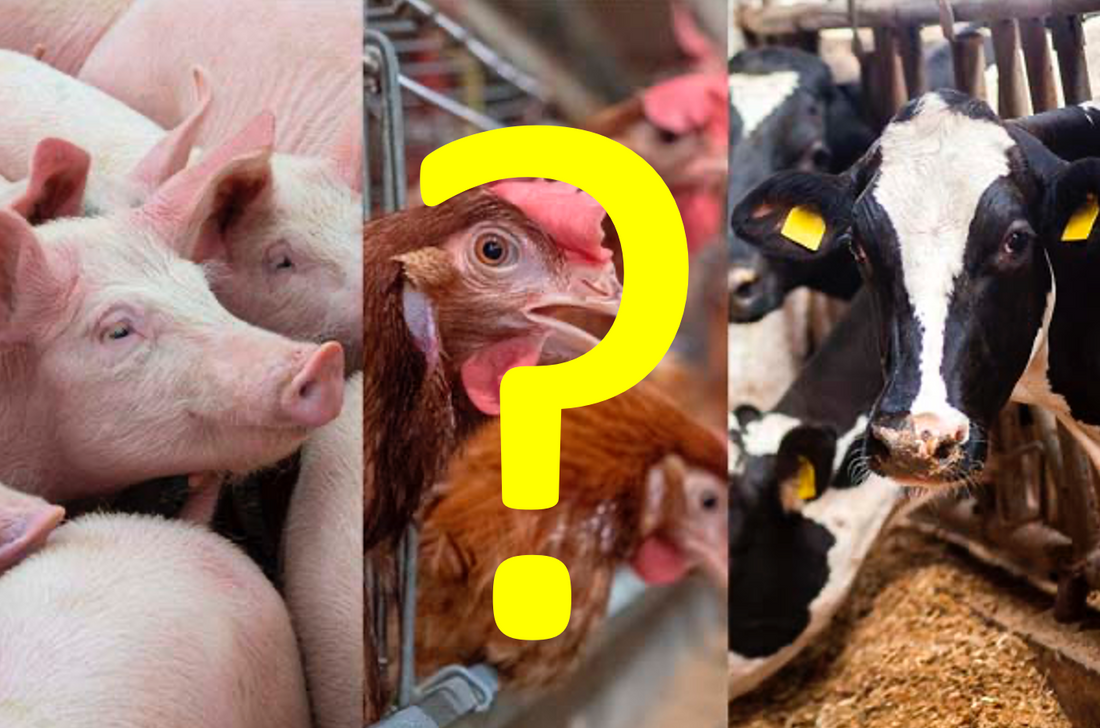'Meat Derivatives' will feature in a LOT of dog foods that you may buy off the shelf in Supermarkets or other pet stores. But what is it? And is it a good choice for your pet?
According to European law, 'meat and animal derivatives' is defined as "All the fleshy parts of slaughtered warm-blooded land animals, fresh or preserved by appropriate treatment, and all products and derivatives of the processing of the carcass or parts of the carcass of warm-blooded land animals".
In other words, if it's from the carcass of an animal it could be in there. It's a very loose catch-all statement that could therefore legally include any part of an animal left over after slaughter (head, tails, beaks, feet, skin...) from any animal (beef, pork, chicken). Unspecified body parts from unspecified animals.
We'll park the quality issue to one side for the moment. There's a really valid health reason why you should not be feeding a food that contains this ingredient to your dog.
Let's say you have noticed that your dog doesn't handle chicken particularly well. So you select a product that says 'Beef' on the front of the bag. But the ingredient list says 'Meat Derivatives'... is that all beef derivatives?
Legally, no, it may well be a whole selection of various meats, but as a minimum, 4% will be beef. JUST 4% is required. Manufacturers that use the term 'Meat Derivatives' on their labelling are free to substitute the meats however suits them best commercially.
Surely it's just the really cheap brands that use 'Meat Derivatives'?
Nope. In fact, it's often brands of dog (and cat) foods that profess to be premium and 'vet recommended', just as much as the economy brands.
Here's a funny thing. I typed the term 'Meat Derivatives' in to google earlier in order to copy the EU definition of that term within this blog. Interestingly, instead of the legally recognised definition coming up, an advert popped up for a well known online-only dog food company. OK, I'll tell you... it was Tails.com. So I went through their very nicely developed website to find more info on their ingredients. After much looking, the website doesn't say their actual ingredients clearly anywhere on their site. Which nicely demonstrates...
RULE NUMBER 1: If you have to really study the packaging to try and find the ingredient list, it's because the manufacturer doesn't want you to find the ingredient list.

If you were making the BEST dog food in the world, with the best of your resources, you'd want to brag about it wouldn't you? Yet we see big brands hiding their ingredients by having multiple language versions in a tiny space, not clearly spacing the ingredients from other text and shrinking the text to make it very difficult to find.
Genuinely good manufacturers of pet foods will ensure their ingredient list is clearly displayed and it won't use vague or flakey terms. they will clearly state (proudly) the exact meats and other ingredients that are included in the packet.
At Pettitt and Boo, we do not stock ANY products that contain dodgy ingredient terms like 'Meat Derivatives', so you can be completely confident about what you are feeding your best friend.

